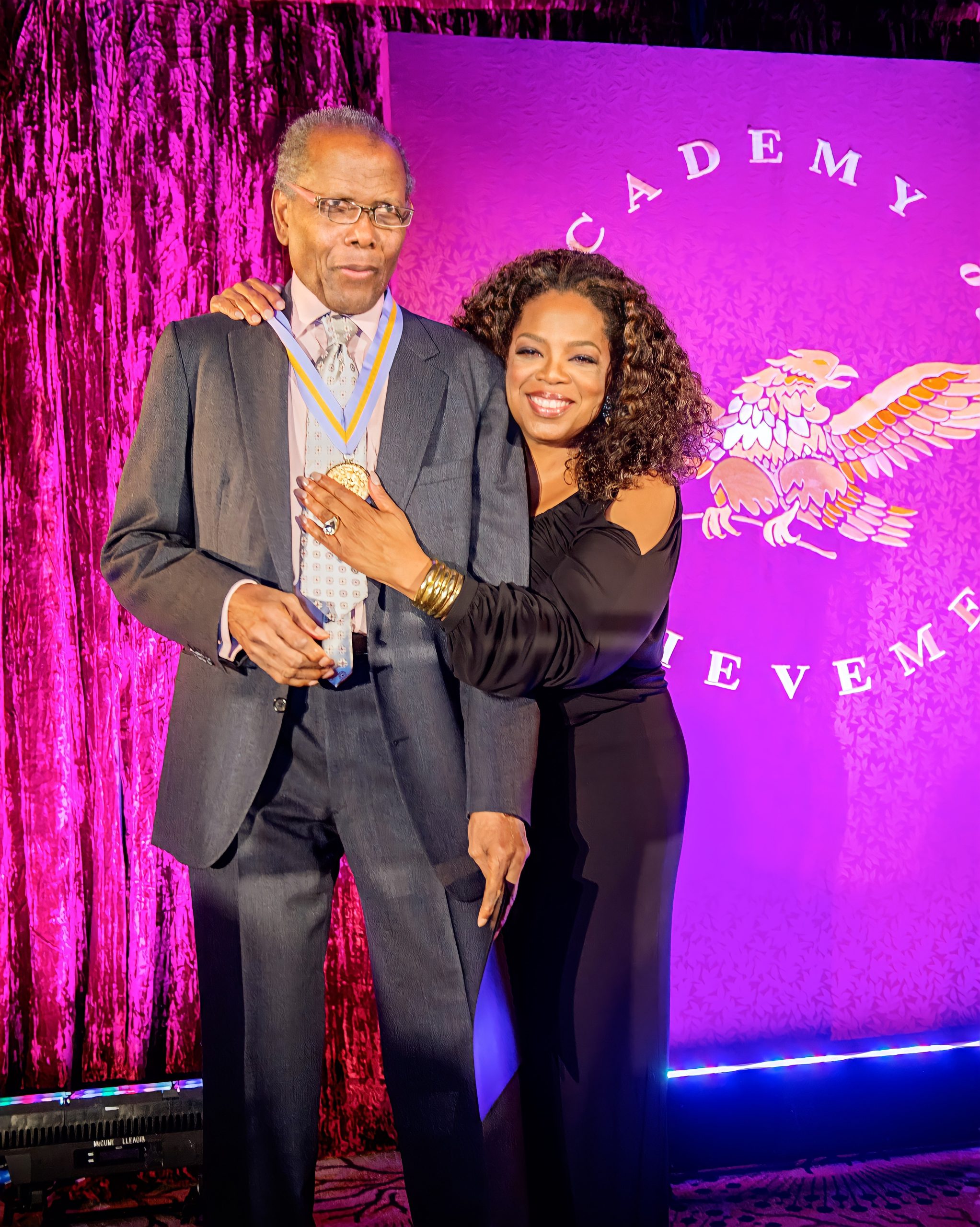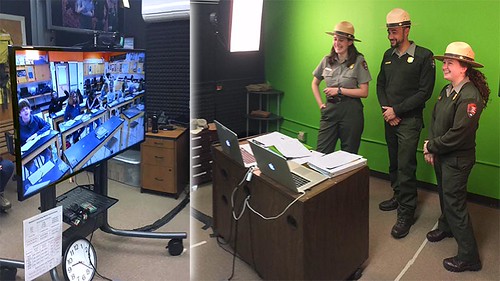
Toni Morrison’s “Beloved” isn’t just a novel; it’s a profound journey into the very soul of American history, a literary masterpiece that unflinchingly confronts the brutal legacy of slavery and its enduring psychological scars. Since its publication in 1987, this powerful work has not only garnered the Pulitzer Prize for Fiction but has also etched itself into the hearts and minds of readers, scholars, and critics alike, provoking essential conversations about memory, trauma, and the complex definitions of freedom and love. It’s a book that demands attention, sparking introspection and deep emotional engagement.
Get ready to delve into the intricate layers of a story that, despite its specific historical setting, continues to resonate with powerful universality. From its harrowing real-life inspirations to its deeply personal character arcs and profound thematic explorations, “Beloved” offers a lens through which we can understand the past, grapple with its consequences, and reflect on the persistent human spirit. We’re about to unpack some of the most compelling aspects of this iconic novel, peeling back its narrative layers to reveal the truths that lie beneath.
So, buckle up, because we’re taking a deep dive into the heart of “Beloved,” exploring what makes this novel not just a story, but an experience. Let’s uncover the essential insights that make Toni Morrison’s work an absolute must-read and a timeless piece of American literature.
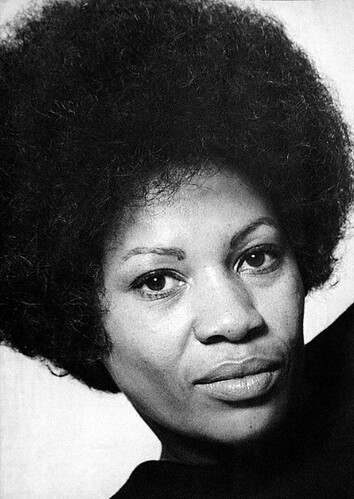
1. **The Real-Life Inspiration: Margaret Garner’s Story**
Before the ink even dried on the first pages of “Beloved,” its heart-wrenching narrative was already beating with the pulse of a true, albeit tragic, historical event. Toni Morrison drew her main inspiration from the life of Margaret Garner, a formerly enslaved woman from Kentucky whose story is as horrific as it is profoundly moving. Her desperate act to save her children from the clutches of re-enslavement forms the harrowing backbone of Sethe’s own agonizing choices.
Margaret Garner escaped from slavery in Kentucky and fled to the free state of Ohio in 1856, seeking a life of freedom for herself and her children. However, under the cruel provisions of the Fugitive Slave Act of 1850, her freedom was precarious. When U.S. marshals cornered her in a cabin, she made an unthinkable choice, attempting to kill her children to spare them the horror of returning to bondage, and tragically succeeding with her youngest daughter.
Morrison encountered an account of this harrowing event in an 1856 newspaper article titled “A Visit to the Slave Mother who Killed Her Child.” This article was reproduced in “The Black Book,” an anthology of Black history and culture that Morrison herself had edited in 1974. It was this powerful historical precedent that ignited the spark for “Beloved,” providing a chilling real-world foundation for the novel’s exploration of a mother’s extreme love and desperation.
Read more about: Beyond the Page: 14 Profound Aspects of Toni Morrison’s ‘Beloved’ That Still Resonate Today
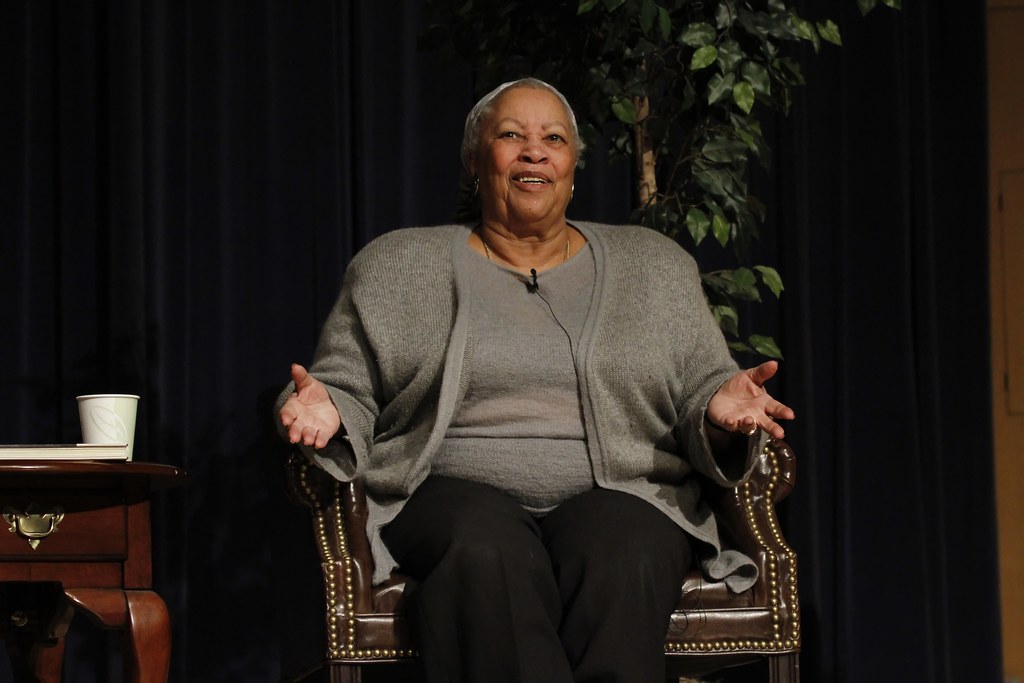
2. **The “Sixty Million and More” Dedication and Epigraph**
The very first thing you encounter when opening “Beloved” is a dedication that hits you with the full weight of history: “Sixty Million and more.” This powerful, stark statement isn’t just a number; it’s a silent monument to the countless Africans and their descendants who perished as a direct consequence of the brutal Atlantic slave trade. It sets an immediate, somber tone, reminding readers of the vast, untold suffering that underpins the novel’s intimate narrative.
Following this dedication, Morrison offers an epigraph taken from Romans 9:25 in the King James Bible: “I will call them my people, which were not my people; and her beloved, which was not beloved.” This biblical verse serves as a prophetic and deeply resonant introduction to the novel’s core themes. It foreshadows the ideas of identity, belonging, and the profound longing for acceptance and love that permeate the lives of Sethe and the mysterious character, Beloved.
These initial textual elements are far from mere ornamentation; they are foundational cornerstones, meticulously placed by Morrison to frame the narrative within a vast historical tragedy and a profound spiritual quest. They immediately immerse the reader in the novel’s world, signaling that “Beloved” is not just a personal story, but a collective lament and a search for redemption for a people systematically dehumanized and dispossessed. They tell us, right from the start, that this story carries immense weight.
Read more about: Beyond the Page: 14 Profound Aspects of Toni Morrison’s ‘Beloved’ That Still Resonate Today
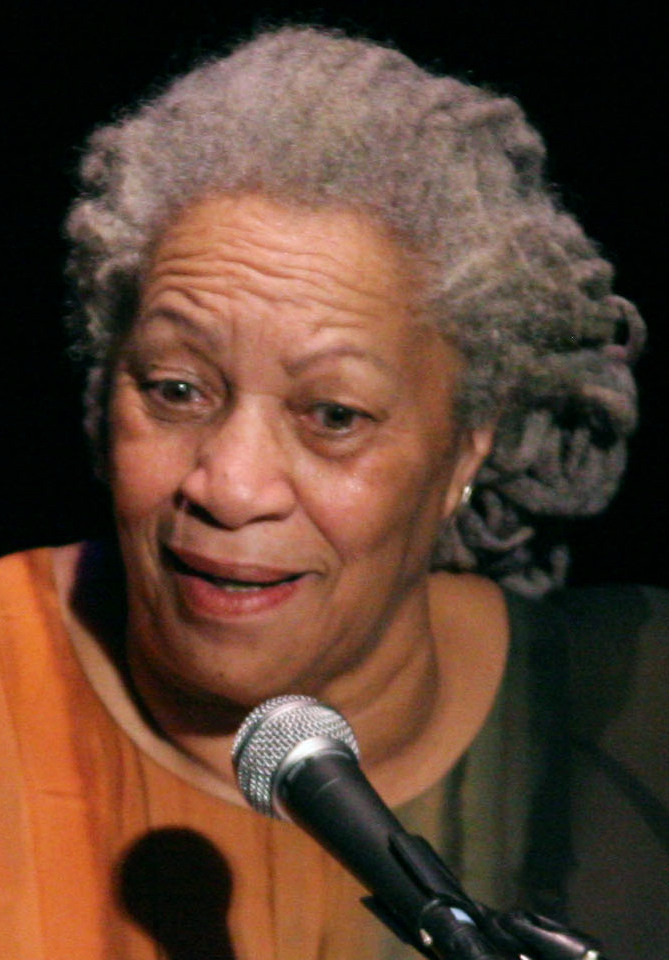
3. **A Glimpse into the Haunting Plot: 124 Bluestone Road**
“Beloved” plunges us into its narrative in 1873 Cincinnati, Ohio, introducing us to Sethe, a formerly enslaved woman, and her 18-year-old daughter, Denver. Their home, located at 124 Bluestone Road, isn’t just a house; it’s a character in itself, haunted by what they believe to be the malevolent spirit of Sethe’s eldest daughter. This ghostly presence has cast a long, isolating shadow over their lives, driving away Sethe’s sons, Howard and Buglar, by the tender age of 13.
Denver, a shy and friendless young woman, has become housebound, her only true companion seemingly the ghost that everyone else fears. The arrival of Paul D, one of the formerly enslaved men from Sweet Home, the notorious plantation where Sethe and her family once suffered, marks a turning point. His presence initially disrupts the haunting, receiving Denver’s fierce contempt for driving away her spectral friend, yet he persuades Sethe and Denver to venture out for the first time in years to attend a carnival.
Upon their return, a mysterious young woman is discovered sitting on their doorstep, soaked and seemingly out of nowhere. She identifies herself simply as Beloved. While Paul D remains suspicious of this enigmatic newcomer, Sethe is drawn to her, charmed in a way she can’t quite articulate. Denver, however, embraces Beloved with an eagerness that borders on desperation, quickly coming to believe that this sickly young woman is none other than her older sister, returned from the grave. This unsettling arrival marks the true beginning of the novel’s deep psychological and supernatural drama.
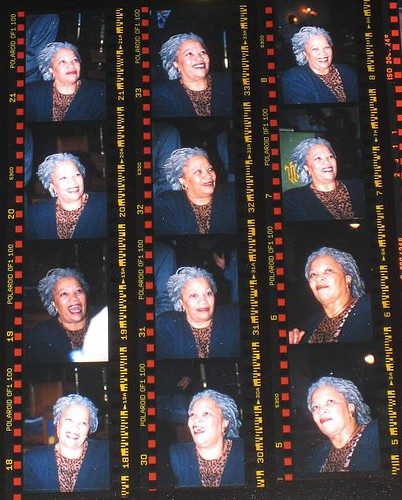
4. **Mother-Daughter Bonds: A Dangerous Maternal Passion**
At the very core of “Beloved” lies a searing exploration of the mother-daughter relationship, particularly in the context of slavery’s brutal disruption. Sethe’s maternal bonds are depicted as so intense, so all-consuming, that they ironically impede her own personal development and healthy individuation. The novel starkly illustrates how her “dangerous maternal passion” ultimately leads to unfathomable tragedy, resulting in the death of one daughter and the profound estrangement of another from their wider community.
Sethe’s horrific decision to kill her eldest daughter stems from a desperate, if twisted, attempt to safeguard her “fantasy of the future” – her children – from the unspeakable horrors of a life in slavery. This act, while born of love, irrevocably alters her identity and her ability to form healthy attachments. The trauma of having her own breast milk stolen by the Schoolteacher’s nephews further complicates Sethe’s ability to form the natural, symbolic bond of feeding with her daughters, highlighting how slavery violated the most fundamental maternal connections.
In stark contrast to Sethe’s intense, possessive love, her mother-in-law, Baby Suggs, approaches motherhood and loss differently. Baby Suggs, having lost many children to slavery, adopted a strategy of refusing to become too close to them, remembering what she could rather than fighting for them with Sethe’s fierce desperation. This juxtaposition reveals the varied, yet equally heartbreaking, coping mechanisms formerly enslaved mothers had to adopt to survive a system designed to sever family ties. Ultimately, Sethe’s journey in the novel is deeply intertwined with healing these fractured maternal bonds and learning to individuate herself.
Read more about: Where Did They Go? Unearthing the Vanished Echoes in Toni Morrison’s ‘Beloved’ – An Enduring Literary Journey
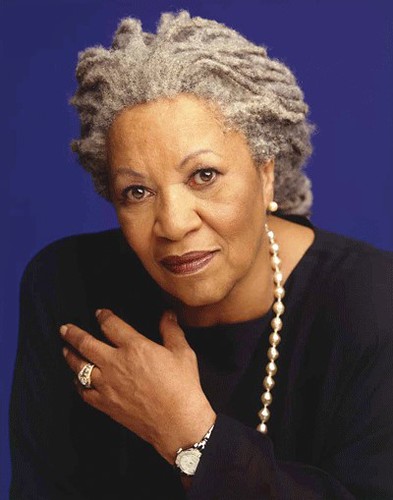
5. **The Deep Scars: Psychological Effects of Slavery**
“Beloved” is an unflinching examination of the profound and lasting psychological devastation wrought by slavery. The novel powerfully illustrates how the immense suffering under this barbaric system forced most formerly enslaved people to repress their horrific memories, desperately attempting to erase the past. However, this repression and dissociation from their past lives led to a catastrophic fragmentation of the self and an agonizing loss of true identity, leaving deep, unhealed wounds.
Characters like Sethe, Paul D, and Denver all grapple with this profound loss of self. Their paths to healing and reintegration are only possible when they can finally confront and reconcile with their pasts and the earlier identities they were forced to inhabit. Beloved, the enigmatic figure who appears at 124 Bluestone Road, serves as a catalyst for this painful, yet necessary, process. Her presence forces these characters to unearth their deeply buried, repressed memories, guiding them, however reluctantly, towards the reintegration of their fractured selves.
The novel posits that slavery doesn’t just oppress the body; it fundamentally splits a person into a “fragmented figure,” creating a “self that is no self.” To heal, to humanize, one must find a way to articulate these painful experiences, to reorganize the traumatic events, and to retell these unspeakable memories. The characters’ struggle against the “uncomplicated past” and their fear that remembering will lead them to “a place they couldn’t get back from” is a testament to the immense psychological burden they carry. “Beloved” makes it clear that true freedom requires confronting, not just escaping, the mental chains of the past.
Read more about: Beyond the Pages: 12 Essential Insights into Toni Morrison’s Pulitzer-Winning Masterpiece, ‘Beloved’
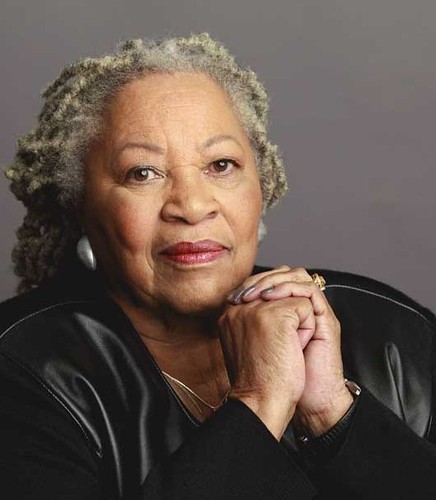
6. **Redefining Manhood in a Post-Slavery World**
Morrison masterfully uses “Beloved” to delve into the complex and often distorted definition of manhood and masculinity in a world brutally shaped by enslavement. The novel powerfully depicts how the horrors of slavery don’t just inflict physical pain but also fundamentally distort a man’s sense of self, stripping away conventional notions of masculinity and forcing a radical re-evaluation.
Paul D’s journey through the novel is central to this thematic exploration. His perception of manhood is constantly challenged by the dominant norms and values of white culture, which systematically diminished Black men. Morrison uses stylistic devices, like inserting his “half-formed words and thoughts,” to provide intimate access to his internal struggles, showcasing how slavery reduced his manhood and forced him into a “discourse of animality.” He clung to dreams and goals, believing his sacrifices had earned him the right to achieve them, only to find them constantly thwarted by the pervasive racism of the era.
After Reconstruction, with the implementation of Jim Crow laws, Black men like Paul D faced immense limitations on their movement and involvement in society. They were coerced into a social hierarchy that deemed them “lower-status” simply because of the color of their skin. Stamp Paid’s observation of Paul D “stripped of the very maleness that enables him to caress and love the wounded Sethe” vividly illustrates this emasculation. The recurring imagery of Paul D sitting on a “base of some sort or a foundation like a tree stub or the steps” metaphorically highlights his foundational, yet exploited, place in a society that profited from his labor while denying his humanity.
Read more about: Where Did They Go? Unearthing the Vanished Echoes in Toni Morrison’s ‘Beloved’ – An Enduring Literary Journey
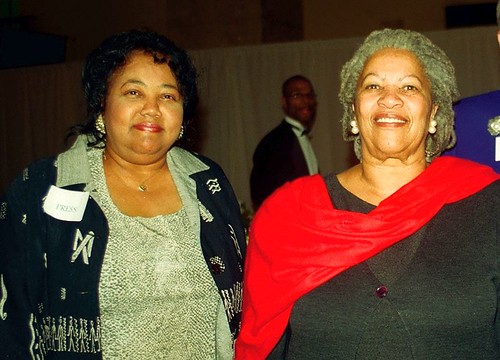
7. **The Fractured Family: Slavery’s Lasting Impact**
Family relationships form an instrumental, deeply heartbreaking element of “Beloved,” vividly illustrating the stress, fragmentation, and systematic dismantlement of African-American families during the era of slavery and its aftermath. The brutal system denied enslaved people any rights to themselves, their belongings, or, most tragically, their own children. This fundamental denial meant that family bonds were perpetually under threat, subject to the whims of enslavers.
Sethe’s desperate act of killing her daughter, Beloved, is framed within this context as a perceived act of preservation, a “peaceful act” she believed would save her child from the unfathomable horrors of slavery. By doing this, her family becomes profoundly divided and fragmented, mirroring the turbulent and broken nature of the historical period they inhabited. Even after the Emancipation Proclamation, formerly enslaved families remained bruised and broken, grappling with the immense hardships and separations they had endured.
The novel also explores the unique ways in which enslaved people coped with this systemic trauma, often turning to the supernatural. Since they were largely excluded from societal events and conventional institutions, many placed their faith and trust in rituals and prayers to their gods. This spiritual dimension is powerfully woven into the narrative through the haunting presence of Beloved, who embodies the unresolved grief and fractured bonds of Sethe’s family, manifesting the mental strife the protagonist faces as she grapples with her past and the specter of her murdered child.
Our journey through the powerful landscape of Toni Morrison’s “Beloved” continues, peeling back more layers of this monumental work. We’ve seen how deeply rooted the narrative is in historical trauma and personal anguish. Now, get ready to explore how Morrison masterfully portrays the essence of pain and heroism, introduces us to the unforgettable characters who inhabit this world, celebrates its enduring legacy through adaptations and memorials, and unflinchingly tackles the controversies that have surprisingly surrounded its profound truths.
Read more about: Get Ready to Dive Deep: 15 Unforgettable Elements of Toni Morrison’s Pulitzer-Winning Novel ‘Beloved’
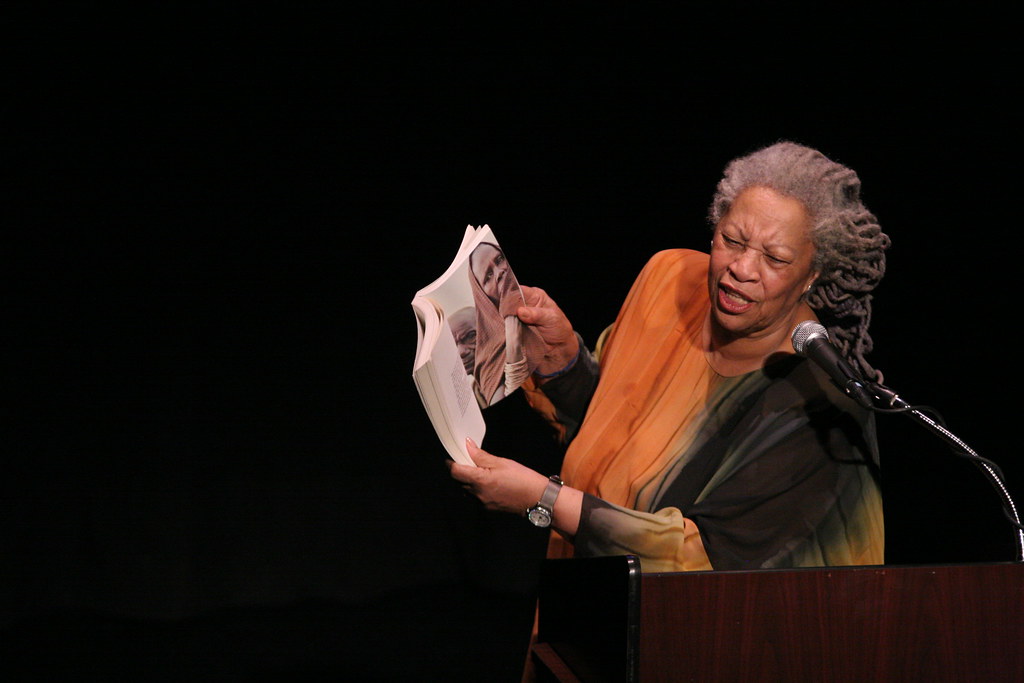
8. **The Universal Scar: Morrison’s Portrayal of Pain**
If there’s one thing “Beloved” makes resoundingly clear, it’s that the pain of slavery was a universal scar, deeply marring everyone it touched—physically, mentally, sociologically, and psychologically. Morrison doesn’t shy away from this truth, showing us how characters, in their desperate attempts to cope, sometimes tried to “romanticize” their pain, much like traditions found in early Christian contemplative thought and African-American blues. It’s a testament to the human spirit’s resilience, even amidst unimaginable suffering.
The novel’s narrative is truly a complex labyrinth, reflecting how those who endured slavery were often “stripped away” from their voices, their narratives, their very language. This systematic silencing diminished their sense of self, making healing an arduous journey. What’s so striking is how each character’s experience with slavery is distinct, creating a chorus of unique stories that underscore the individualized horror of the system.
Morrison further delves into this by showing how characters might try to “beautify” their pain as a coping mechanism. Remember Sethe, repeating the white girl’s description of her whipped back scars as “a Choke-cherry tree. Trunk, branches, and even leaves”? It’s her way of finding some semblance of beauty in an agonizing disfigurement, though others like Paul D and Baby Suggs look away in disgust, unable to find solace in such a brutal image.
This struggle extends to Sethe’s relationship with Beloved herself. Sethe embraces the idea of Beloved as her grown daughter, alive and present, precisely because it allows her to escape the crushing pain of having murdered her infant. Yet, for Paul D and Baby Suggs, Beloved’s presence in their home is an unsettling intrusion, a constant reminder of the past’s spectral grip. Ultimately, it’s Paul D who offers Sethe a path forward, urging her to find love for herself, shifting her focus from the external burden of Beloved to her own intrinsic worth.
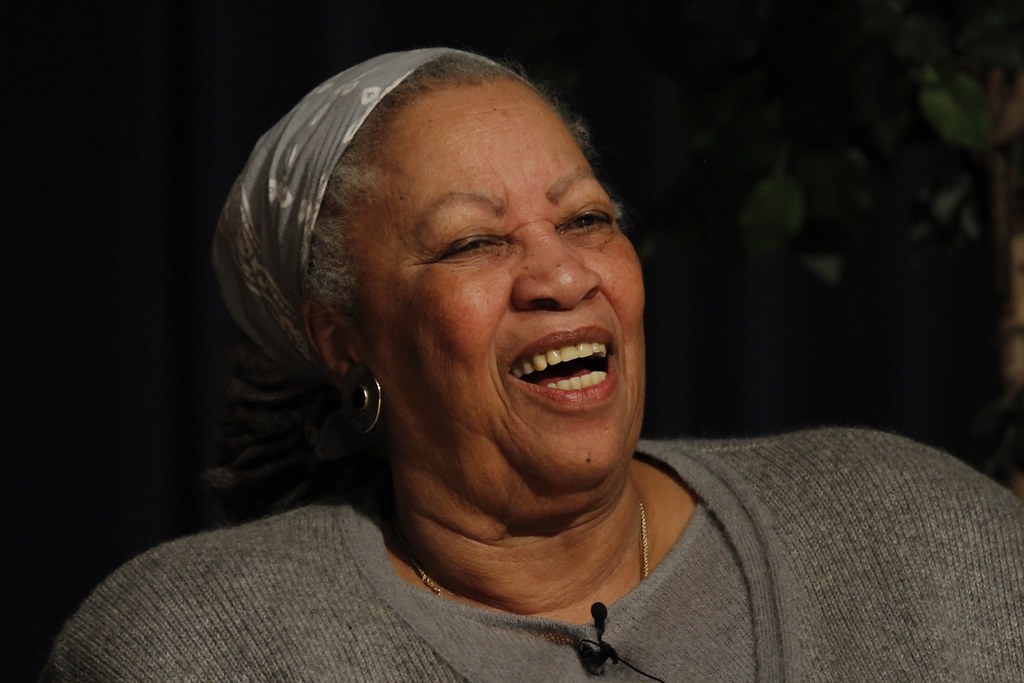
9. **Unconventional Courage: Redefining Heroism in ‘Beloved’**
Morrison challenges us to rethink what heroism truly means, defining it not as grand, theatrical acts, but as the quiet, unwavering ability “to do what one deems right in the face of opposition and to inspire others to escape the pain of their past.” In “Beloved,” heroism isn’t an absolute concept; it’s deeply relative to personal experience and the profound influence of community. Sethe and Denver, in their own powerful ways, embody this redefined courage.
Sethe’s heroism is perhaps the most controversial, born from an “unnatural” act of ultimate love. Her decision to kill Beloved, scorned by the community, was, in her eyes, a desperate “peaceful act” to “keep them away from what [she] know[s] is terrible”—a life in slavery. She never wavers in her conviction, stating, “It ain’t my job to know what’s worse. It’s my job to know what is and to keep them away from what I know is terrible. I did that.” For Sethe, death was truly more preferable than a return to bondage, a chilling testament to her profound love and the horrors she sought to escape.
But Sethe’s heroism extends beyond this singular, tragic choice. She also demonstrates immense courage in helping Paul D confront his own agonizing past. Paul D often reminisces about “Her tenderness about his neck jewelry – its three wands, like attentive baby rattlers, curving two feet into the air. How she never mentioned or looked at it, so he did not have to feel the shame of being collared like a beast. Only this woman Sethe could have left him his manhood like that. He wants to put his story next to hers.” By acknowledging his trauma without explicitly referencing it, Sethe allows Paul D to reclaim a piece of his identity, underscoring her profound capacity for empathetic support and healing.
Then there’s Denver, who embarks on a different, yet equally courageous, heroic journey. Trapped by isolation at 124 Bluestone Road, she must find the bravery to break free. Morrison describes her decisive moment: “Denver knew it was on her. She would have to leave the yard; step off the edge of the world, leave the two behind and go ask somebody for help.” This metaphorical “step[ing] off the edge of the world” represents Denver’s monumental act of courage, leaving her solitary existence to rewrite society’s perceptions and seek communal aid for her mother.
Denver’s actions become a powerful catalyst, inspiring Ella and the other community women to gather and exorcise Beloved from 124 Bluestone Road. Morrison powerfully describes their united voices as “a wave of sound wide enough to sound deep water and knock the pods off chestnut trees,” a cleansing force that causes Sethe to “tremble like the baptized.” Through Denver’s unwavering resolve and willingness to confront her fears, she not only frees herself but liberates her mother from the suffocating grip of the past, showcasing the transformative power of communal support and personal bravery.
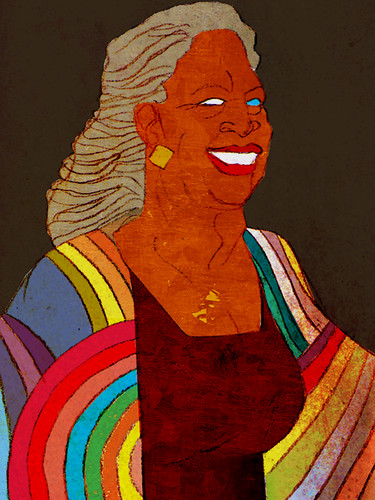
10. **Sethe: The Indomitable Spirit of 124 Bluestone Road**
At the very heart of “Beloved” beats the indomitable spirit of Sethe, the novel’s protagonist and an unforgettable figure of resilience. We meet her as an escaped slave from the brutal Sweet Home plantation, living at 124 Bluestone Road—a house that has become a character in itself, haunted by the ghost of the infant daughter Sethe tragically killed there. This haunting presence cast such a long shadow that her two sons, Howard and Buglar, fled by the tender age of thirteen, leaving Sethe and Denver in profound isolation.
Sethe is, above all, a mother whose love is fierce, protective, and, as we’ve seen, dangerously passionate. She would truly do anything to shield her children from the unspeakable abuses she endured as an enslaved person. Her character is a powerful blend of enduring resilience and a soul profoundly defined by her traumatic past, vividly symbolized by the horrific “tree on her back”—the scars from being whipped. Born in 1836, she was just 19 when Denver was born, having already faced immense suffering by that young age.
Her journey is one of grappling with the deep repression of her trauma. It’s a difficult path towards individuation, one that only truly begins after the exorcism of Beloved. This pivotal moment frees her to finally accept the first relationship that is entirely “for her”—her connection with Paul D. This profound healing allows her to break free from the self-destruction caused by her overwhelming maternal bonds, offering a glimpse of peace and self-acceptance.
Read more about: Unraveling the Heartbreak: Characters from Toni Morrison’s ‘Beloved’ Who Still Haunt Us
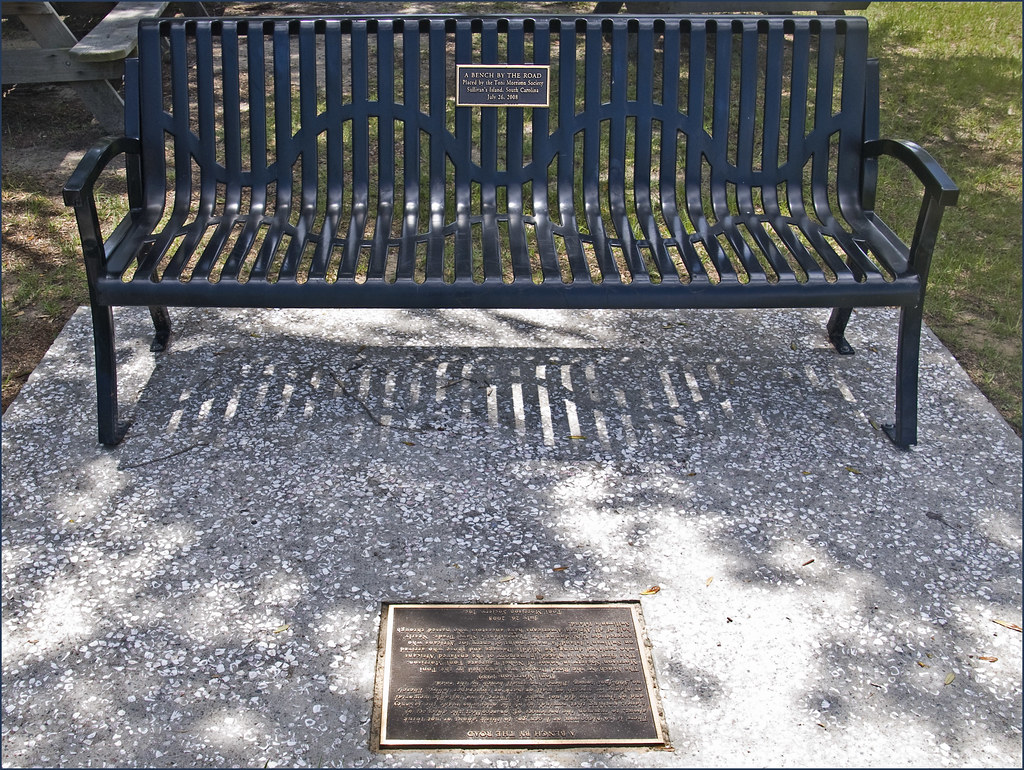
11. **Beloved: The Haunting Embodiment of Trauma**
Then there’s Beloved, the enigmatic, almost spectral figure who is undeniably central to the novel’s profound mysteries. Her appearance is as unsettling as it is pivotal: a young woman mysteriously emerging from a body of water, found soaking wet on the doorstep of 124 Bluestone Road when Sethe, Paul D, and Denver return from the carnival. She is swiftly taken in, and her arrival eerily coincides with the cessation of the house’s haunting, leading many to believe she is the murdered baby, returned to life, especially given her childlike behaviors.
The novel allows for an intriguing ambiguity regarding Beloved’s true identity, with some interpretations suggesting she might be a young enslaved woman who escaped and recounts stories of other slaves, including Sethe’s mother. However, Toni Morrison herself clarified that Beloved *is* the daughter Sethe killed—a heartbreaking confirmation that grounds the supernatural elements in the rawest human tragedy. Her name, poignantly, is derived from the single word “Beloved” that Sethe could afford to have engraved on her baby’s tombstone, unable to pay for “Dearly” or anything more.
Beloved’s role is complex and serves as a powerful catalyst. Her presence forces the deeply repressed traumas of the family to surface, creating a turbulent environment. However, this painful awakening comes at a cost: Beloved also instigates a form of madness in the house, slowly draining Sethe’s life force. She becomes increasingly demanding, throwing tantrums, growing larger, and eventually appearing pregnant. Her voice and Sethe’s even merge, with Sethe becoming more childlike as Beloved takes on the persona of a demanding, consuming mother, reflecting the overwhelming burden of unresolved grief and guilt.
Read more about: 14 Profound Truths from Toni Morrison’s Beloved That Will Stay With You Long After the Last Page
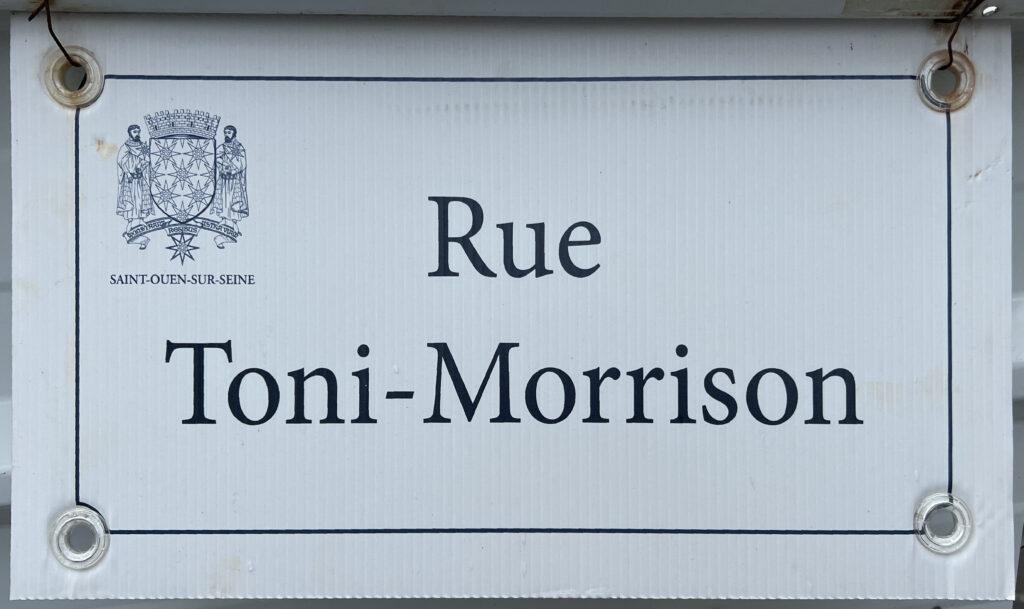
12. **Paul D: Reclaiming Manhood and Healing Scars**
Paul D, one of the last remaining enslaved men from Sweet Home, is a deeply significant character whose journey through “Beloved” explores the profound impact of slavery on a man’s identity and sense of self. He carries his name from enslavement, a constant reminder of his past, along with countless painful memories from Sweet Home and the harrowing experiences of a chain gang. He’s been moving continuously, a nomad of his own trauma, before finally arriving at 124 Bluestone Road.
Paul D’s heart is metaphorically described as a “tobacco tin,” a tightly shut container holding his most painful memories, sealed away for survival. It’s Beloved, ironically, who forces it open, unleashing the torrent of his past. His reunion with Sethe sparks a fragile, hopeful romantic relationship, and he initially acts fatherly towards Denver, bringing a much-needed male presence to the haunted house. Yet, he is the first to be suspicious of Beloved, sensing the malevolent undercurrents beneath her innocent facade. Despite their long, shared past, he struggles to fully comprehend Sethe’s deepest motivations, especially her intense motherhood and the years of trauma that separate them.
Morrison masterfully uses Paul D to illustrate how slavery fundamentally distorted a man’s sense of self and traditional notions of masculinity. The horrors of the system stripped away conventional definitions of manhood, forcing a radical re-evaluation. Morrison provides intimate access to his internal struggles through his “half-formed words and thoughts,” revealing how slavery reduced his manhood and pushed him into a “discourse of animality.” His dreams and goals, he believed, were earned through immense sacrifice, yet they were constantly thwarted by the pervasive racism and Jim Crow laws of the era, coercing him into a “lower-status” social hierarchy.
The novel frequently depicts Paul D sitting on “a base of some sort or a foundation like a tree stub or the steps,” a powerful metaphor for his foundational yet exploited place in a society that built its wealth on the hard labor of Black men while denying their humanity. It is Sethe’s unique tenderness, specifically her conscious choice to “never mention or look at” his “neck jewelry” (the iron bit he was forced to wear), that allows him to retain his sense of manhood. This profound act of recognition and unspoken empathy is crucial for Paul D, enabling him to begin the long, arduous process of healing and reclaiming his identity.
Read more about: Get Ready to Dive Deep: 15 Unforgettable Elements of Toni Morrison’s Pulitzer-Winning Novel ‘Beloved’
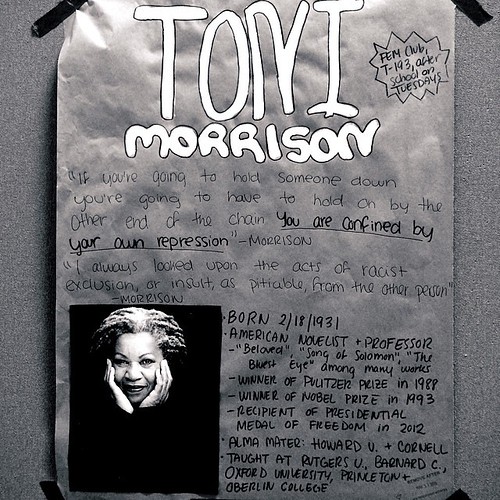
13. **Beyond the Pages: Adaptations and Enduring Legacy**
“Beloved” isn’t just a book; it’s a cultural phenomenon that has transcended the printed page, finding new life in other mediums and leaving an indelible mark on society. In 1998, the novel made its way to the silver screen in a powerful film adaptation directed by Jonathan Demme, produced by and starring none other than Oprah Winfrey, bringing Morrison’s harrowing narrative to a wider visual audience. Years later, in 2016, BBC Radio 4 adapted it into a compelling 10-episode 15 Minute Drama, further showcasing the story’s enduring resonance and adaptability across different artistic forms.
The novel’s impact, however, goes far beyond its adaptations, solidifying its place as a cornerstone of American literature. It proudly received the Frederic G. Melcher Book Award, an honor that Morrison accepted with a truly moving speech on October 12, 1988. She eloquently lamented the absence of any suitable memorial for the millions of human beings forced into slavery in the United States, stating, “There’s no small bench by the road.” Her words were a powerful call to remembrance, a poignant observation that highlighted a significant historical oversight.
Inspired directly by Morrison’s heartfelt remarks, the Toni Morrison Society embarked on a beautiful and profound initiative: installing “benches by the road” at significant sites in the history of slavery across America. The very first bench was dedicated on July 26, 2008, on Sullivan’s Island, South Carolina, a profoundly symbolic location as it served as the entry point for an estimated 40% of all enslaved Africans brought to the United States. Morrison herself expressed how deeply moved she was by this memorial, a tangible acknowledgment of countless lives. By 2017, the 21st bench found its home at the Library of Congress, dedicated to Daniel Alexander Payne Murray, the first African-American assistant librarian of Congress, continuing this vital tradition of remembrance.
Adding to its long list of accolades, “Beloved” also received the seventh annual Robert F. Kennedy Center for Justice and Human Rights Book Award in 1988. This prestigious award recognizes works that “most faithfully and forcefully reflect Robert Kennedy’s purposes—his concern for the poor and the powerless, his struggle for honest and even-handed justice, his conviction that a decent society must assure all young people a fair chance, and his faith that a free democracy can act to remedy disparities of power and opportunity.” Its inclusion on the BBC News list of the 100 most inspiring novels in 2019 further underscores its universal appeal and timeless power.
Read more about: 14 Profound Truths from Toni Morrison’s Beloved That Will Stay With You Long After the Last Page
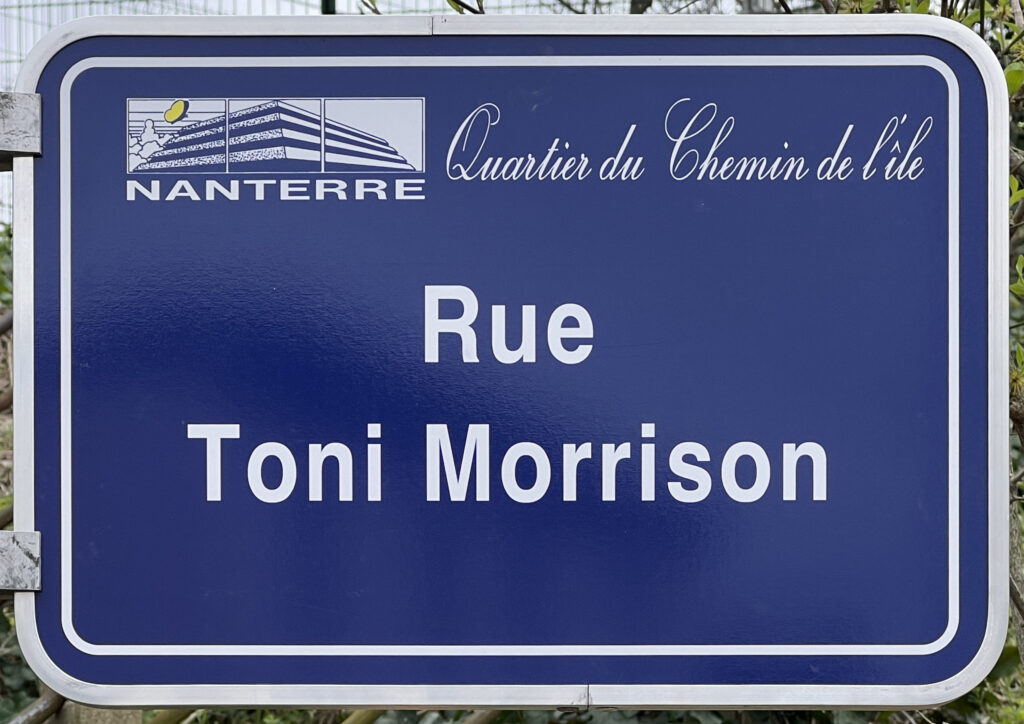
14. **Battles and Bans: ‘Beloved’ and Its Persistent Controversies**
Despite its critical acclaim and profound legacy, “Beloved” has faced, and continues to face, its fair share of battles and bans, primarily within U.S. schools. This enduring controversy highlights the novel’s raw power and its unflinching confrontation with difficult truths. It has been banned in many schools, with at least eleven documented instances during the 2021–2022 academic year alone, with common reasons for censorship citing the depiction of “bestiality, infanticide, , and violence.”
These challenges aren’t new. Back in 2007, a stark example emerged at Eastern High School in Louisville, Kentucky, where an AP English class was abruptly ordered to abandon the novel by the principal, all because a parent complained about language on page 13. However, this didn’t go unchallenged! The English teacher, along with like-minded colleagues and a strong outpouring of support from Eastern’s alumni, fought back, arguing for the necessity of teaching such complex literature in a college-level course. Happily, the ban was swiftly lifted, and “Beloved” remains a part of the curriculum there today, a testament to the power of advocacy.
More recently, in Virginia, “Beloved” became the center of a heated debate in 2017 when a parent sought its removal from the Fairfax County senior English reading list. The complaint argued that “the book includes scenes of violent , including a gang rape, and was too graphic and extreme for teenagers.” This parental concern escalated, inspiring the introduction of the “Beloved Bill,” a piece of legislation that would have mandated Virginia public schools to notify parents of any “sexually explicit content” and provide an alternative assignment upon request.
While the “Beloved Bill” was ultimately vetoed by Governor Terry McAuliffe, the controversy didn’t end there. It became a significant event in his 2021 gubernatorial campaign. His opponent, Glenn Youngkin, capitalized on McAuliffe’s statement that he didn’t believe “parents should be telling schools what they should teach,” producing a television commercial that featured a parent recounting her efforts to get the unnamed, “explicit material” book banned. These ongoing challenges, however, only serve to underscore the novel’s vital role in sparking necessary, albeit uncomfortable, conversations about history, trauma, and freedom.
As we reach the end of our exploration, it’s clear that Toni Morrison’s “Beloved” is more than just a novel; it’s a living, breathing testament to the enduring human spirit and the power of storytelling. From its harrowing inspirations to its unforgettable characters, its profound themes, its adaptations, its lasting memorials, and even the intense debates it ignites, this book continues to challenge us, to move us, and to remind us that while the past may be painful, confronting it is essential for true healing and understanding. It’s a masterpiece that resonates deeply, demanding our attention and inviting us to engage with the complex tapestry of history, humanity, and hope. A truly indispensable work, “Beloved” will undoubtedly continue to inspire and provoke for generations to come.

